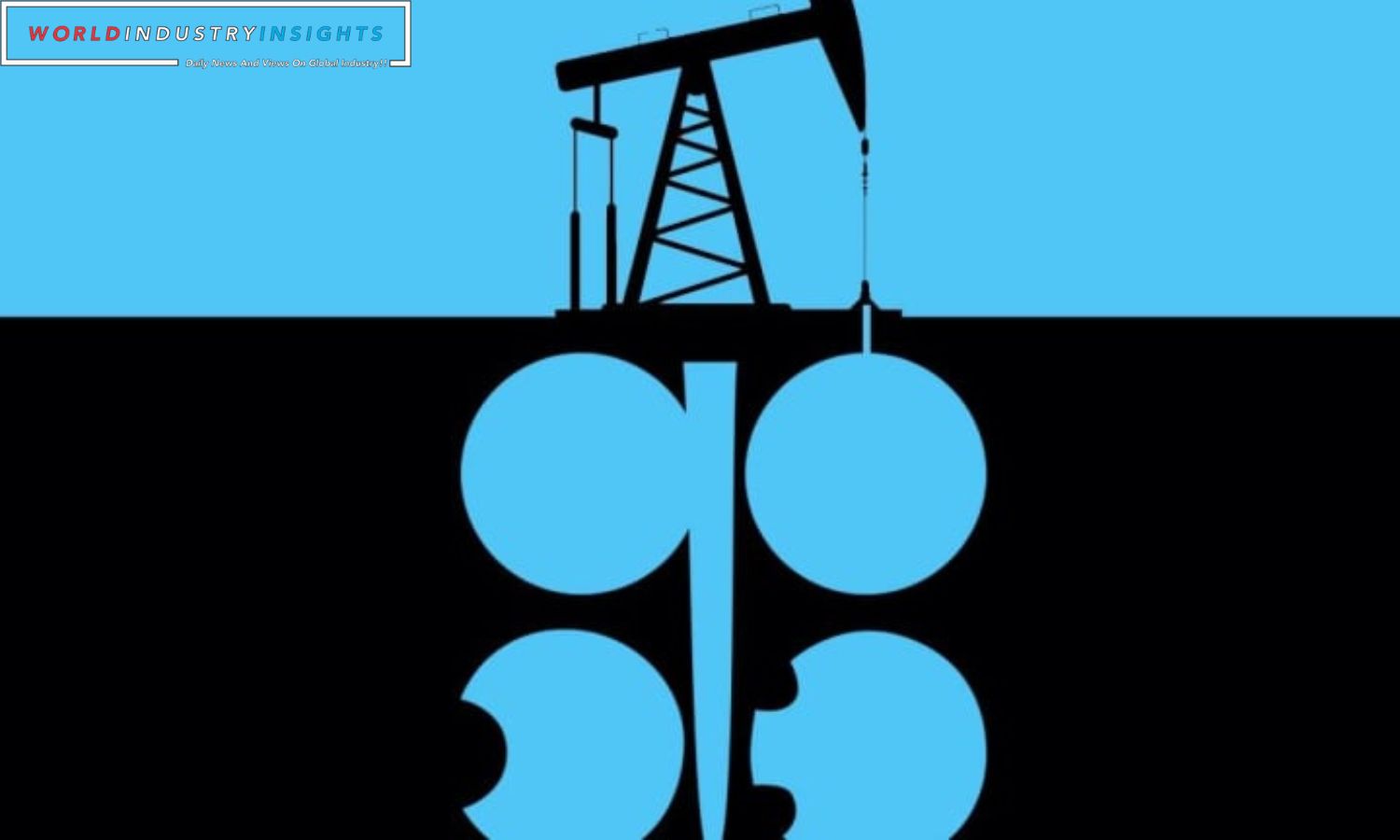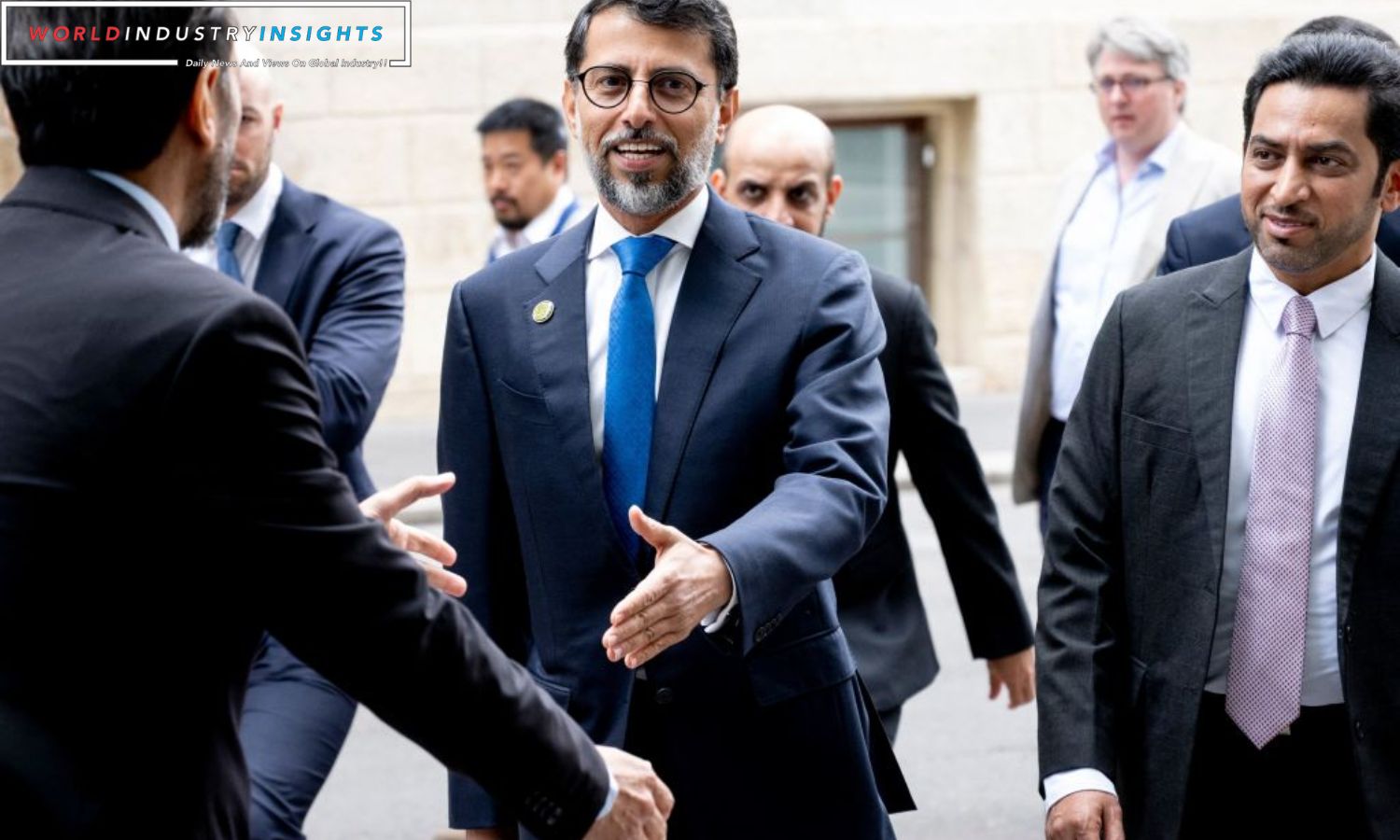OPEC Navigates Quota Dispute: The much-anticipated OPEC+ policy meeting, initially scheduled for November 26, now set for Thursday, has sparked speculation about the potential for deeper oil production cuts. The cartel, which consists of OPEC (Organization of the Petroleum Exporting Countries) and its allies led by Russia, faces a quandary over quotas, leading to the postponement of the crucial gathering.
Several analysts have opined that OPEC+ might be inclined to extend or intensify supply cuts well into the upcoming year to bolster oil prices. The recent trading figures show a dip from nearly $98 per barrel in late September to slightly above $80 per barrel. This downward trend has prompted discussions within the group about the need for additional measures to stabilize the market.
An OPEC+ source, shedding light on the upcoming meeting, hinted at the possibility of a “collective further reduction,” although the details remain undisclosed. The group’s members are seemingly contemplating various options to address the challenges posed by the fluctuating oil market. The postponement of the meeting has given rise to expectations that decisions taken during the gathering will carry significant weight in determining the future trajectory of oil production levels.
The draft agenda, outlines the meeting schedule, with proceedings commencing on Thursday. The delay in the meeting was reportedly triggered by a discord over output levels for African producers. However, recent updates suggest that the group has made progress toward finding a compromise on this contentious issue.
Read More: OPEC Navigates Output Disputes: Closer to Accord with African Producers?
Among the key players in this scenario, Kuwait, an OPEC member, expressed its unwavering commitment to adhering to decisions that concern market quotas and oil production. The assurance from Kuwait adds a layer of stability to the group’s decision-making process, potentially paving the way for more cohesive and decisive actions.
The meeting structure is delineated in the agenda, with an advisory panel, the Joint Ministerial Monitoring Committee, convening talks. This will be followed by a meeting of the full policy-making group of OPEC+ ministers. The back-to-back sessions indicate the gravity of the discussions at hand, emphasizing the significance of the decisions to be made regarding oil output.
Saudi Arabia, Russia, and other OPEC+ members had previously committed to substantial oil output cuts, amounting to approximately 5 million barrels per day (bpd), constituting about 5% of daily global demand. This series of measures began in late 2022, including Saudi Arabia’s additional voluntary production cut of 1 million bpd, set to expire at the end of December. Russia also implemented an export cut of 300,000 bpd, also slated to conclude at the year’s end.
As the global oil market faces uncertainties, the upcoming OPEC+ meeting emerges as a critical juncture where decisions taken could potentially shape the trajectory of oil prices and production levels in the months to come. The deliberations within the group will be closely watched by market participants, industry experts, and governments worldwide, as they await clarity on the future direction of the energy landscape.
Our Reader’s Queries
How does OPEC allocate quotas?
When it comes to OPEC, there seems to be a clear and consistent method behind how they allocate production quotas. It appears that they base these quotas on each member’s individual production capacity. This approach suggests a logical and fair system for distributing resources.
Which country is leaving OPEC?
Angola has announced its departure from the Organization of the Petroleum Exporting Countries (OPEC) effective January 1, 2024. This follows the exits of Ecuador in 2020 and Qatar in 2019. Angola’s decision to leave the organization may have significant implications for the global oil market, as it is currently Africa’s second-largest oil producer and a major exporter to China and the United States. The move is expected to impact OPEC’s production levels and influence oil prices in the coming years.
How did the oil embargo end up hurting OPEC?
As soon as the embargo was put in place, its impact was felt. OPEC demanded that oil companies pay significantly more, causing the price of oil to skyrocket. By 1974, the cost of a 42 gallon barrel had quadrupled from $3 to almost $12 ($75 per cubic meter in today’s currency), which is equivalent to a jump from $17 to $61 per barrel in 2018 dollars.
Why would individual OPEC member countries have an incentive to produce more than the quota assigned to them?
When the cartel price is high, the demand for oil decreases. To prevent this, OPEC members are given output quotas. This ensures that each member has a reason to sell within their quota, as they can lower their prices to sell more. The cost of producing an extra barrel of oil is usually lower than the cartel price, making it a profitable strategy for members to sell more than their quota.


